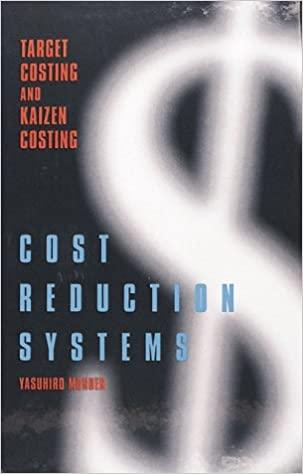Prtnap. Corpstock Other Page 4 18. Partner is investing in a partnership with Partner AB con tributes as part of his initial investment, Accounts Receivable of $60.000; an Allowance for Doubtful Accounts of $9.000; and $6.000 cash. The entry that the partnership makes to record B's initial contribution includes a *credit to B, capital for $66,000 b. debit to Accounts Receivable for $51.000. c. credit to B Capital for $57,000 d. debit to the Allowance for Doubtful Accounts for $9.000. 19. Tom is investing in a partnership with Jerry. Tom contributes equipment that originally cost $42,000, has a book value of $20,000, and a fair market value of $26,000. The entry that the partnership makes to record Tom's initial contribution includes a a. debit to Equipment for $22,000. b. debit to Equipment for $42,000. c. debit to Equipment for $26.000. d. credit to Accumulated Depreciation for $22,000. 20. Which of the following would not cause an increase in partnership capital? a. Drawings b. Net income c. Additional capital investment by the partners d. Initial capital investment by the partners 21. The dominant form of business organization in the United States in terms of dollar sales volume, earnings, and employees is a. the sole proprietorship. b. the partnership. c. the corporation. d. not known 22. A factor which distinguishes the corporate form of organization from a sole proprietorship or partnership is that a a. corporation is organized for the purpose of making a profit. b. corporation is subject to numerous federal and state government regulations c. corporation is an accounting economic entity. d. corporation's temporary accounts are closed at the end of the accounting period. 23. The two ways that a corporation can be classified by purpose are a. general and limited. b. profit and nonprofit. c. state and federal. d. publicly held and privately held. 24. The two ways that a corporation can be classified by ownership are a. publicly held and privately held. b. stock and non-stock. c. inside and outside. d. majority and minority. Petmap. Corpstock. Other Page 5 25. Which of the following statemente reflects the transferability of ownership rights in a corporation? It shareholder decides to transfer ownership, he must transfer all of his shares b. A shareholder may dispose ot part or all of his shares e. A shareholder must obtain permission from the board of directors before selling shares. d. A shareholder must obtain permission from at least three other stockholders before selling shares 26. A typical organization chart showing delegation of authority would show a. stockholders delegating to the board of directors, b. the board of directora delegating to stockholders c. the chief executive officer delegating to the board of directors. d. the controller delegating to the chief executive officer. 27. Which of the following statements concerning taxation is accurate? a. Partnerships pay state income taxes but not federal income taxes. b. Corporations pay federal income taxes but not state income taxes. c. Corporations pay federal and state income taxes. d. Only the owners must pay taxes on corporate income. 28. Which of the following statements is not considered a disadvantage of the corporate form of organization? a. Additional taxes 1. Government regulations c. Limited liability of stockholders d. Separation of ownership and management 29. If an investment firm underwrites a stock issue, the a. risk of being unable to sell the shares stays with the issuing corporation b. corporation obtains cash immediately from the investment firm. c. investment firm has guaranteed profits on the sale of the stock. d. issuance of stock is likely to be directly to creditors. 0. Retained earnings a. is unique to the corporate form of business. b. is an optional account in the partnership form of business. c. reflects cash paid in by shareholders to date. d. is closed at the end of the year








